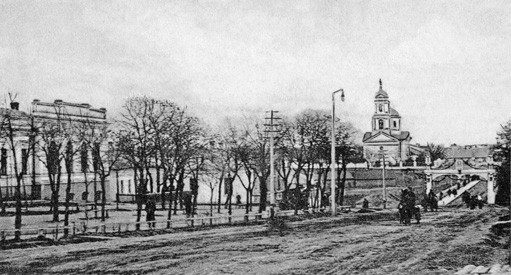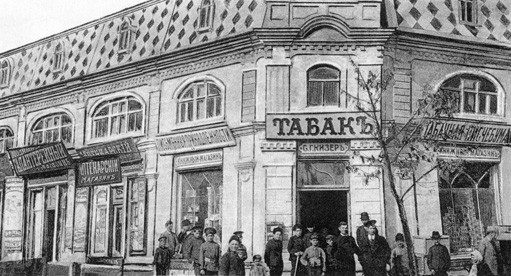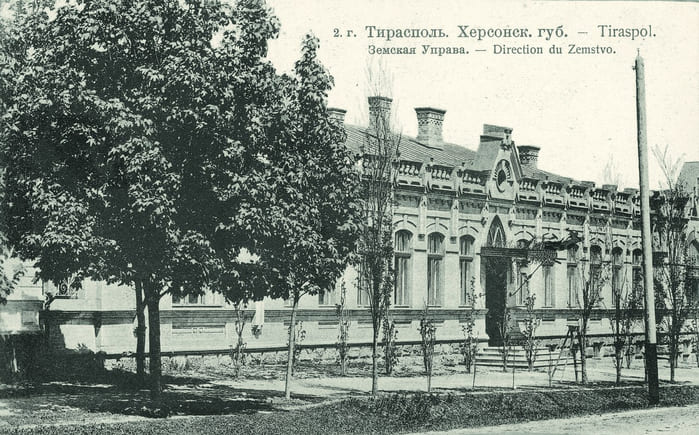Moldova_ Tiraspol city
Tiraspol city
Tiraspol is located on the left bank of the Dniester and is the capital of the unrecognized Pridnestrovian Moldavian Republic (PMR). Its population is about 130 thousand people. It was founded as a fortress in 1792. In 1795, it received the status of a city and became the center of the district of the Novorossiyskaya province. In 1867, a railroad was laid here. In March 1917, Soviet power was established in Tiraspol. From 1929 to 1940, Tiraspol was the capital of the Moldavian ASSR within the Ukrainian SSR. The Germans and Romanians captured the city in August 1941. In 1944, it was liberated by the Soviet troops. In the 1980s, Tiraspol became a municipality. On September 2, 1990, the creation of the PMR is proclaimed in Tiraspol, and the city becomes the capital of the unrecognized republic.
Tisaspol in detail
In 1795, about 400 Jews, 16% of the population, lived here. At the beginning of the 19th century, Jewish agricultural colonies were created in the county. Fairs are open and trade is growing. The pogroms of 1880-1883 in the Russian Empire, did not bypass Tiraspol. The Jewish population grows together with the town. According to the 1897 census, 32,000 inhabitants live in Tiraspol, including 8,700 Jews. At the beginning of the 20th century, there were 11 synagogues. In the bloody pogroms of 1905, 12 people were killed. In 1926, a census was carried out in the MASSR. Tiraspol is home to 6,400 Jews, about 30% of the population. There are several synagogues and two schools teaching in Yiddish. In the 1930s, an atheistic company flared up, almost all synagogues were closed. The rabbis are arrested and expelled. During the period of Stalinist repressions, almost 1,000 local Jews were shot. In 1936, the first Moldavian musical drama theater was created in Tiraspol. Its head, David Gershfeld, a well-known American composer in the future, author of the first Moldavian opera. In August 1940, the Moldavian SSR was formed. With the outbreak of hostilities, the city is heavily bombarded. On August 10, 1941 German and Romanian troops enter Tiraspol. On August 19, a decision was made to name the occupied territory Transnistria and transfer it under the control of Romania.
Jews are imprisoned in temporary ghettos and concentration camps. In September 1941, in three actions, about 8,000 Jews are exterminated. In September 1942, Jews from Romania are brought and placed in a workers’ ghetto. In April 1944, German soldiers eliminate the ghetto and kill the Jews remained in Tiraspol. After the war, Holocaust and battle survivors return to Tiraspol. Several families were saved by the Righteous among the Nations. In 1947 and the early 1950s, Jews were accused of cosmopolitanism and the doctors’ case. About 150 Jews of Tiraspol became victims of Stalinist repressions and sent to camps. In 1959, the only synagogue in Tiraspol was closed. Emigration and conflict with the right-bank Moldova leads to reduction in the community to 5,000 people in 1991. In the 90s of the 20th century, numerous anti-Semitic actions were recorded in Tiraspol. Who was guilty: formations of Cossacks, Russian fascists or local bandits was not possible to establish. The Jewish community of Tiraspol was officially registered. One of the buildings of the former synagogue was returned to the community, and a Jewish welfare and cultural center was opened in it. In 1997, a new synagogue was built. The greatest assistance to the local community is provided by Joint (welfare programs), Agudath Israel (religious, cultural and educational programs). Agudath Israel opened its representative office in Tiraspol in 2022.



